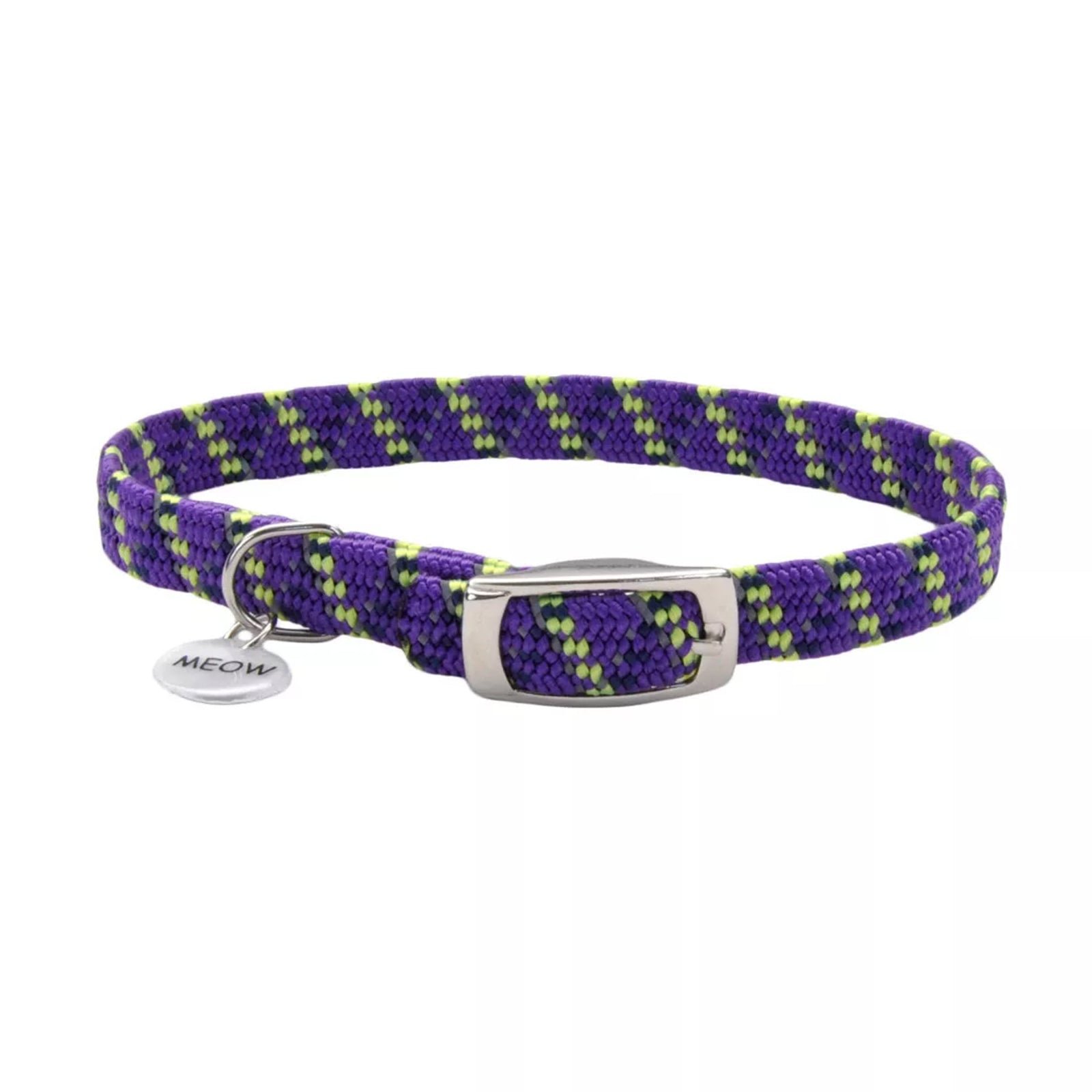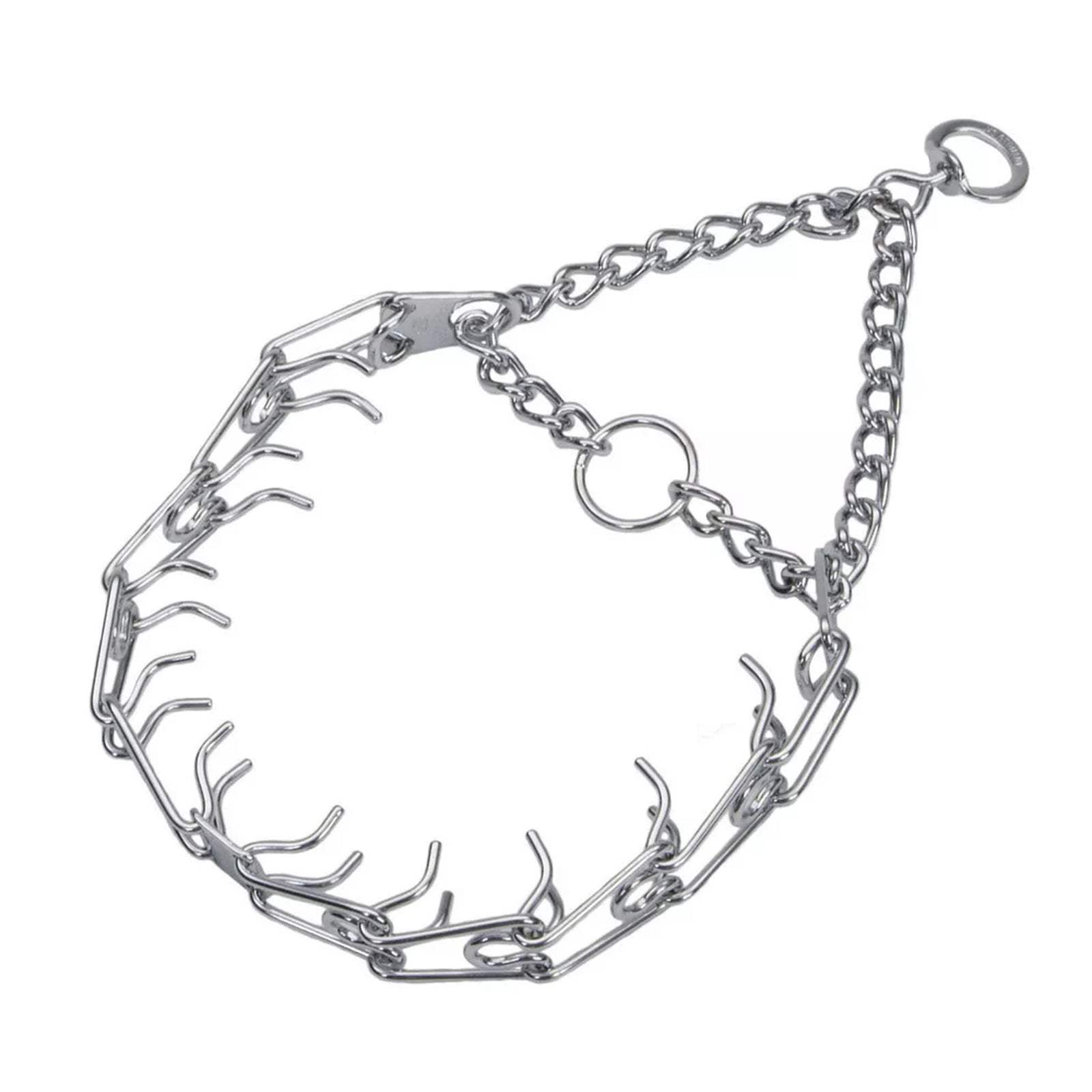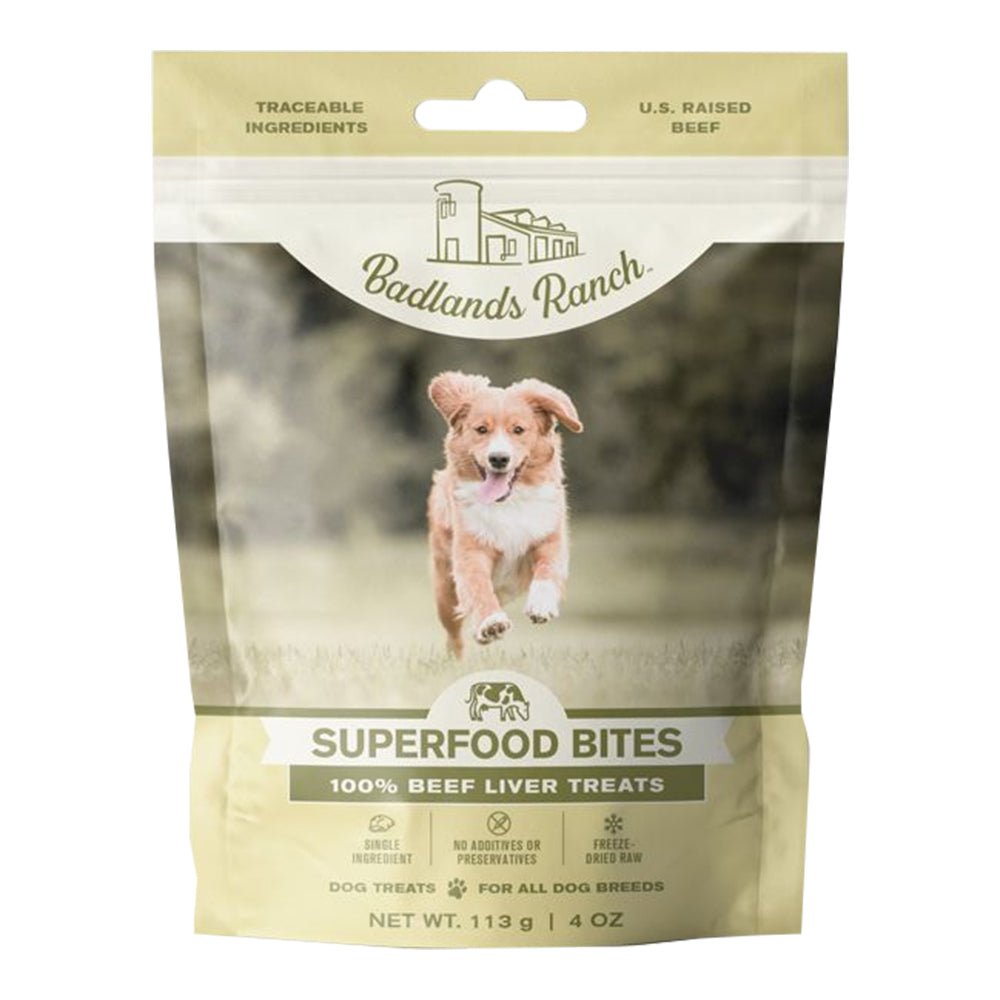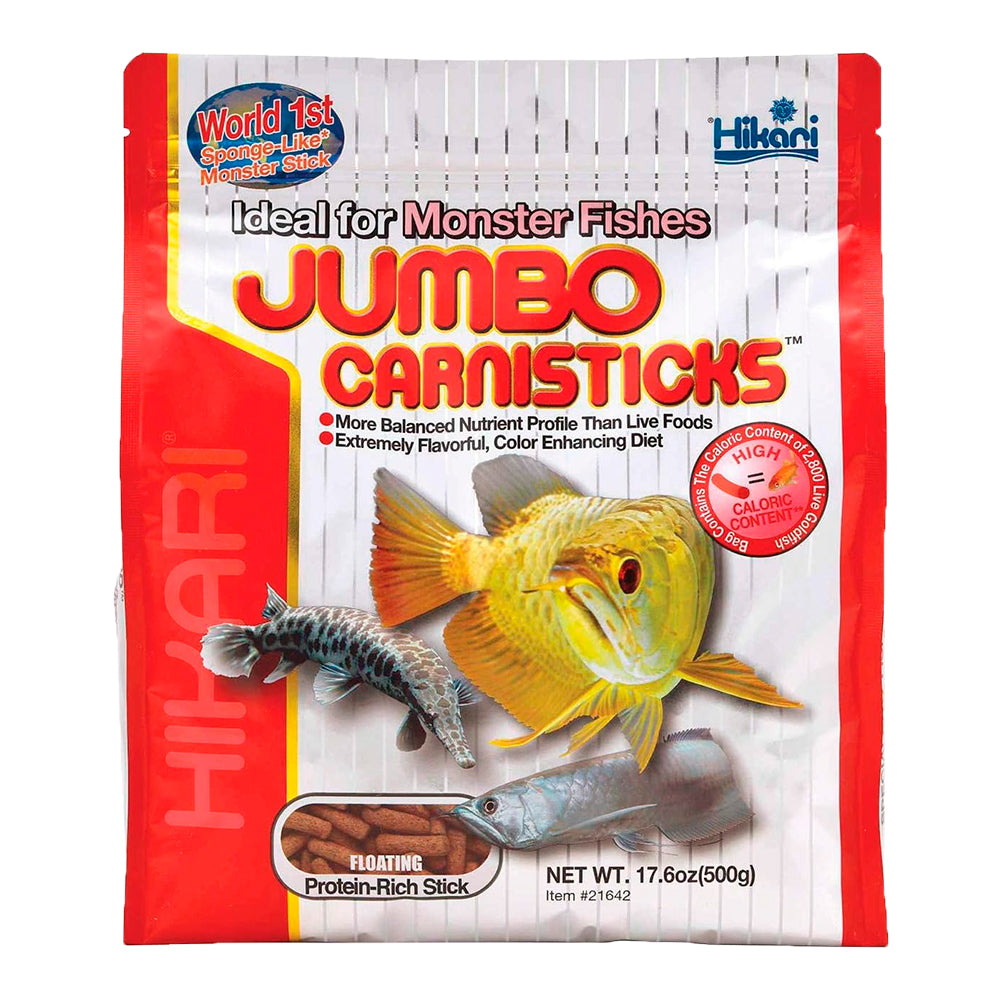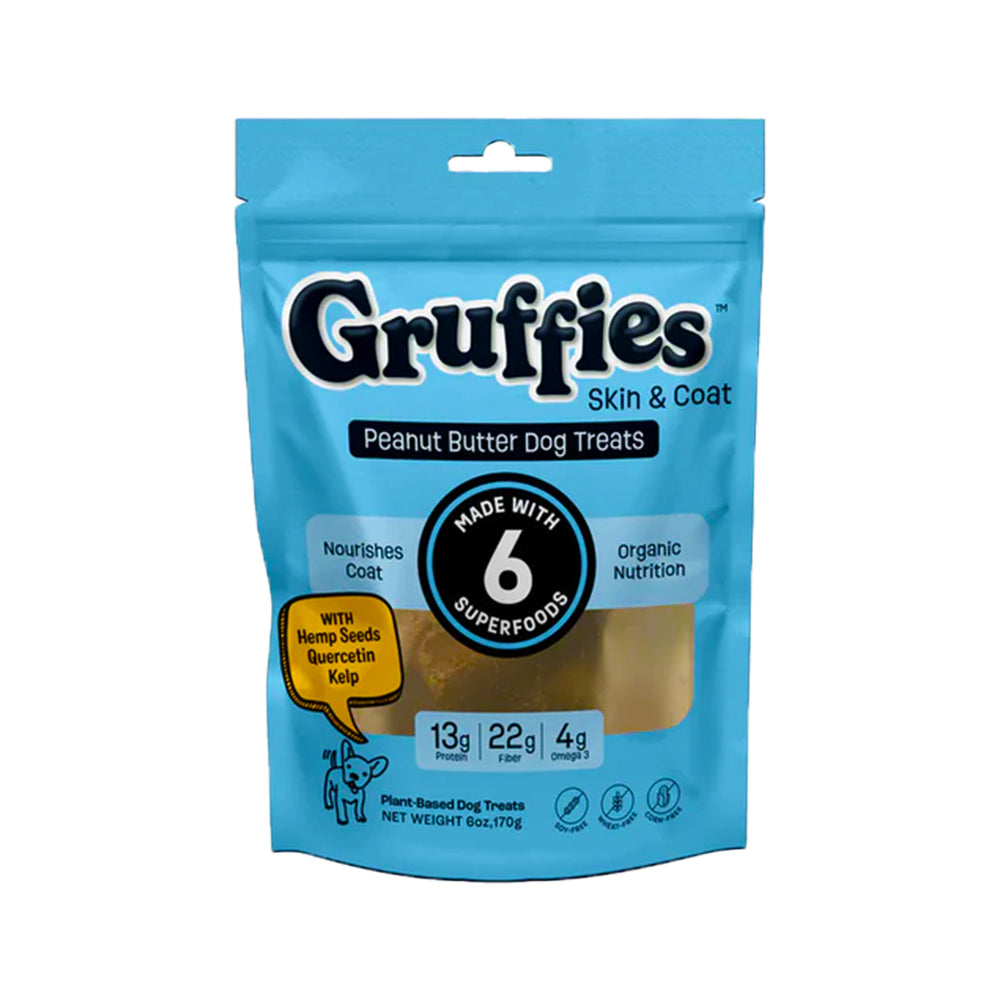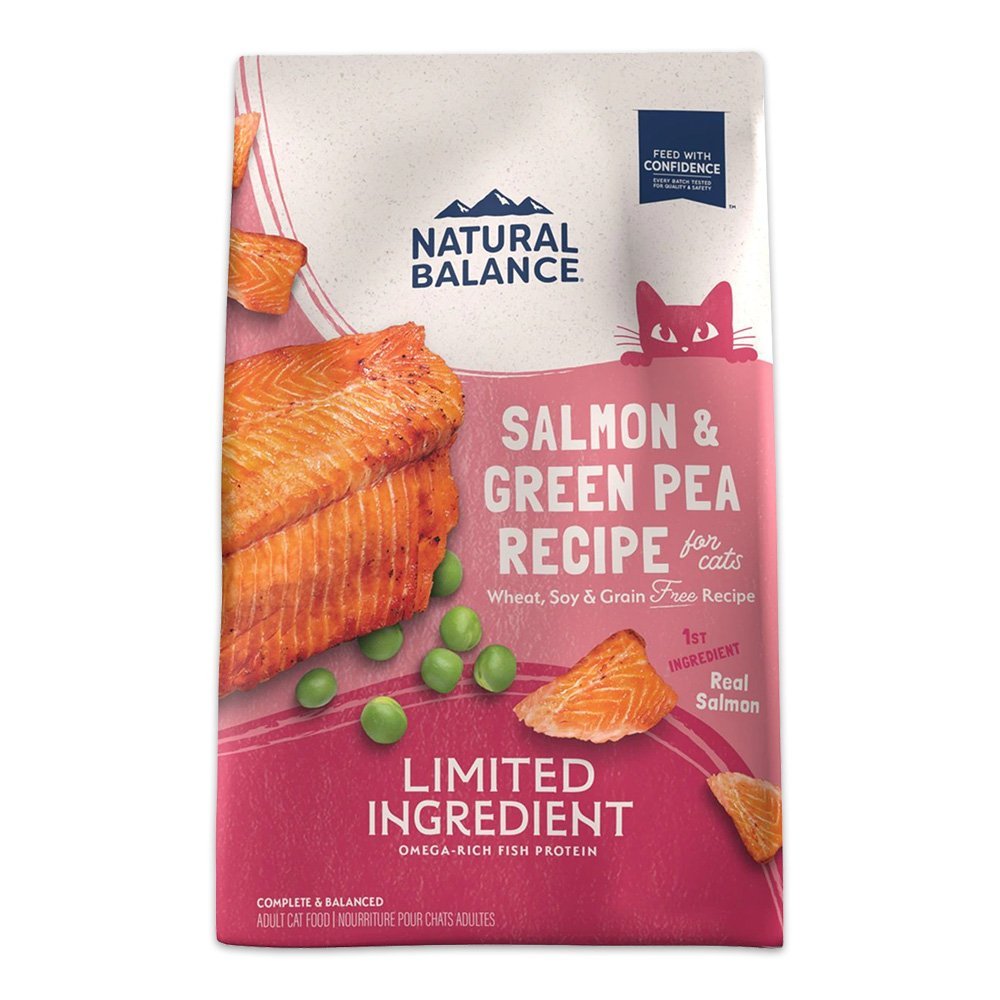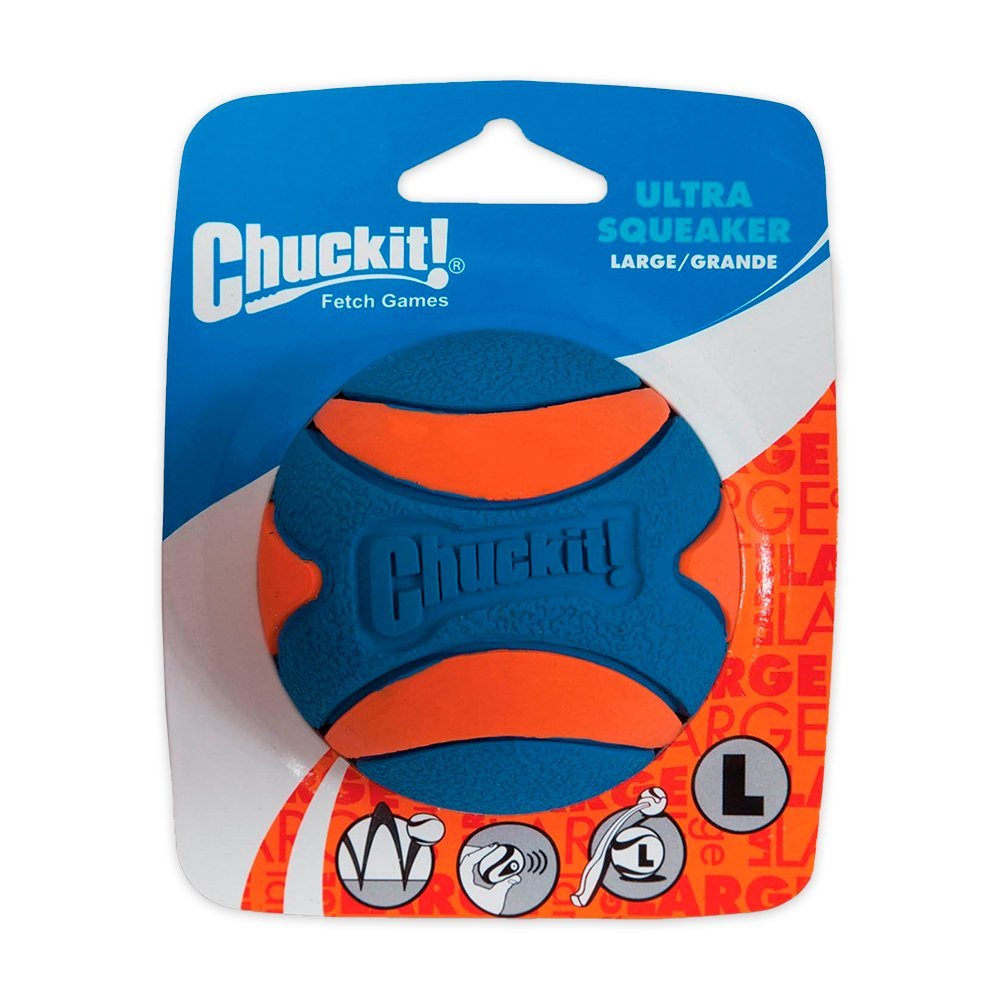ASI
-
Vendor:
ASI 502 Food Grade Clear Silicone Sealant Tube 2.8-oz
(2)Regular price $3.99Sale price $3.99 Regular priceUnit price / per -
Vendor:
ASI Black Aquarium Silicone Sealant Cartridge 10.2-oz 5 Pack
(4)Regular price $48.49Sale price $48.49 Regular priceUnit price / per -
Vendor:
ASI Black Aquarium Silicone Sealant Cartridge 10.2-oz 2 Pack
(4)Regular price $19.49Sale price $19.49 Regular priceUnit price / per -
Vendor:
ASI Black Aquarium Silicone Sealant Cartridge 10.2-oz 10 Pack
(1)Regular price $94.99Sale price $94.99 Regular priceUnit price / per -
Vendor:
ASI 502 Food Grade Black Silicone Sealant Tube 2.8-oz
(1)Regular price $3.99Sale price $3.99 Regular priceUnit price / per -
Vendor:
ASI 502 Food Grade White Silicone Sealant Tube 2.8-oz
(1)Regular price $3.99Sale price $3.99 Regular priceUnit price / per -
Vendor:
ASI Black Aquarium Silicone Sealant Cartridge 10.2-oz Pack
(4)Regular price $10.99Sale price $10.99 Regular priceUnit price / per -
Vendor:
ASI 502 Food Grade Clear Silicone Sealant Cartridge 10.2-oz
(1)Regular price $10.99Sale price $10.99 Regular priceUnit price / per -
Vendor:
ASI Black Aquarium Silicone Sealant Cartridge 10.2-oz 24 Pack
(2)Regular price $235.49Sale price $235.49 Regular priceUnit price / per -
Vendor:
ASI Clear Aquarium Silicone Sealant Cartridge 10.2-oz 5 Pack
(2)Regular price $48.26Sale price $48.26 Regular priceUnit price / per -
Vendor:
ASI Clear Aquarium Silicone Sealant Cartridge 10.2-oz 24 Pack
(1)Regular price $223.49Sale price $223.49 Regular priceUnit price / per -
Vendor:
ASI Clear Aquarium Silicone Sealant Cartridge 10.2-oz 2 Pack
(2)Regular price $19.49Sale price $19.49 Regular priceUnit price / per -
Vendor:
ASI Clear Aquarium Silicone Sealant Cartridge 10.2-oz Pack
(2)Regular price $10.99Sale price $10.99 Regular priceUnit price / per -
Vendor:
ASI Clear Aquarium Silicone Sealant Cartridge 10.2-oz 10 Pack
(1)Regular price $95.49Sale price $95.49 Regular priceUnit price / per
ASI
ASI (Aquarium Silicone Inc.) is a trusted brand offering high-quality silicone sealants for both aquariums and food-grade applications. ASI is known for its durability and non-toxic properties; ASI products provide superior performance for various sealing needs. ASI guarantees safety, dependability, and long-term performance, whether you're using aquarium-safe silicone sealants to seal a fish tank or food-grade silicone sealants for working on food-related projects.
Product Categories by ASI
1. Food Grade Silicone Sealants: These sealants are formulated to be safe for accidental food contact, making them suitable for use in food service environments.
Key Features:
- Complies with FDA regulations for food safety.
- Resistant to moisture, weathering, and temperature extremes.
- Ideal for applications such as sealing food processing equipment and installations.
2. Aquarium Silicone Sealants: These sealants adhere strongly and are water-resistant without harming aquatic life.
Key Features:
- The non-toxic formulation ensures safety for fish and other aquatic organisms.
- Excellent adhesion to glass and other materials commonly used in aquariums.
- Suitable for both new aquarium construction and repairs.
Benefits of Choosing ASI
Choosing ASI for your pet offers several benefits, making it a popular choice for pet owners. Here are some of the key benefits:
- Safe and Non-Toxic Formulation: ASI's sealants are aquarium-safe and meet specific food-grade standards, ensuring the well-being of aquatic life and compliance with food safety requirements.
- Waterproof and Durable: The waterproof aquarium sealants provide a reliable seal, even in high-pressure environments.
- Wide Range of Applications: Whether for aquariums or food equipment, ASI products cater to versatile sealing needs.
- Flexible Sizing Options: With multiple packaging options, ASI caters to both individual users and professionals.
- High Performance: Ensures strong bonds and leak-proof results every time.
Unique Features and Highlights
- Specialized Silicone Adhesives: ASI uses premium materials to create the best aquarium silicone for fish tanks that ensures a perfect bond.
- Food-Grade Compliance: The ASI 502 series is appropriate for both household and industrial uses because it complies with strict food safety standards.
- Trusted by Professionals: ASI is renowned for its dedication to quality, which makes it a popular option for both food industry experts and aquarium hobbyists.
Kwik Pets Offers a Wide Range of ASI Products
- Authentic Products: Kwik Pets sources all ASI products from trusted suppliers, ensuring you get authentic, high-quality products for your pet.
- Excellent Selection: From food-grade silicone sealants to aquarium-safe adhesives, Kwik Pets provides a wide array of ASI products tailored to your needs.
- Competitive Pricing: Kwik Pets offers ASI products at affordable costs so that you can acquire high-quality pet supplies. Trust us—you're getting a great deal.
- Fast and Reliable Delivery: Enjoy quick and reliable delivery services to keep your pet supplies stocked when you need them.
- Customer Support: Our customer support team is available to help whenever you need it!
Frequently Asked Questions
What Makes ASI Silicone Sealants Safe for Aquariums?+
The non-toxic, aquarium-safe ingredients in ASI silicone sealants protect aquatic life. Tanks benefit from their strong bond and water resistance.
Can ASI Food-grade Silicone Sealants Be Used in Direct Contact With Food?+
ASI food-grade silicone sealants meet high food safety regulations and are suitable for sealing containers, equipment, and dishes.
What is the Difference Between the Clear and Black Aquarium Silicone Sealants?+
Clear tank silicone sealant is ideal for invisible finishes. However, aquariums and darker projects benefit from black sealant.
Are ASI Products Suitable for DIY Projects?+
Of course! ASI sealants are easy to apply and come in several sizes, making them ideal for enthusiasts as well as professionals.
Why Choose KwikPets?+
Kwik Pets is a trusted source for pet supplies, offering high-quality products from reputable brands like Purina, KONG, Hikari, and many more. Every product in our collection is chosen for its reliability and safety to ensure pets’ well-being. With customer satisfaction as a top priority, Kwik Pets provides a smooth return policy, affordable pricing, and the convenience of online shopping. Our comprehensive product range makes finding the best items for your pet simple and stress-free, all while enjoying a quality-assured, easy shopping experience.





